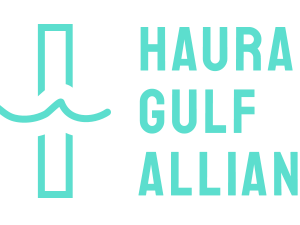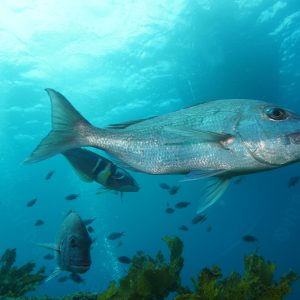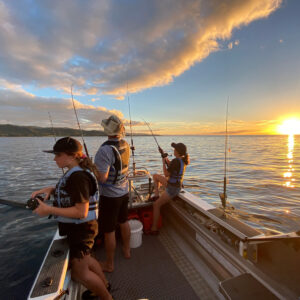LegaSea is bitterly disappointed that Stuart Nash has ignored more than 9000 of us calling for decisive cuts to commercial catches of tarakihi on the east coast of New Zealand. From October 1st the Minister of Fisheries has applied a 20% cut to commercial catches, while LegaSea has been campaigning for a 65% reduction.
LegaSea was calling for a 65% cut to help reduce the impacts of trawling on the marine environment from Otago to east Northland. It would also give us more certainty that the depleted tarakihi stock would rebuild within 10 years. The major cut needed to be made in 2018. Instead, we’re looking at a 20% catch reduction in 2018 and maybe more later.

Tarakihi have been on the downward slide for more than 30 years. This recent process was the first major review of tarakihi in over 10 years. Stuart Nash has decided on a 20% cut this year and only signalled further cuts in 2019, unless the commercial industry can deliver a “plan to rebuild the stock within 10 years”.
History has proven that commercial fishers cannot be relied upon to rebuild the tarakihi stock.
The tarakihi stock is depleted, smashed by decades of trawling and targeting of juveniles and spawning aggregations. The latest stock assessment rates it at only 17% of its original size, less than half of the management target level.
It is the Minister’s statutory duty to rebuild depleted stocks, not commercial fishers.
The Minister is also obliged to manage fish stocks so they are abundant enough to provide for future generations’s needs. The sad irony is that in many areas tarakihi are so depleted the stock is not even providing for today’s needs let alone future expectations.
Collectively, we need to face up to the fact that we cannot keep tearing through our fish populations and benthic (seabed) environment using 19th century trawl techniques and expecting them to sustain us in 2018 and beyond. We have to get real.
We must be brave enough to set high standards for anyone exploiting our marine environment. Then we measure all activity against those standards. If this means creating a 12-mile inshore zone free from trawling and mobile bulk harvesting methods then let’s just do it.
There are smarter technologies that leave a lighter footprint on the environment available now. The lack of investment in innovation just proves how little money the fishers on the water are making from fishing. We must reduce our impact on the marine environment, and we must rebuild our tarakihi stock so hard working commercial fishers can make a decent income to support innovation. We need to change how we do things so that all New Zealanders benefit from the exploitation of our fish.





